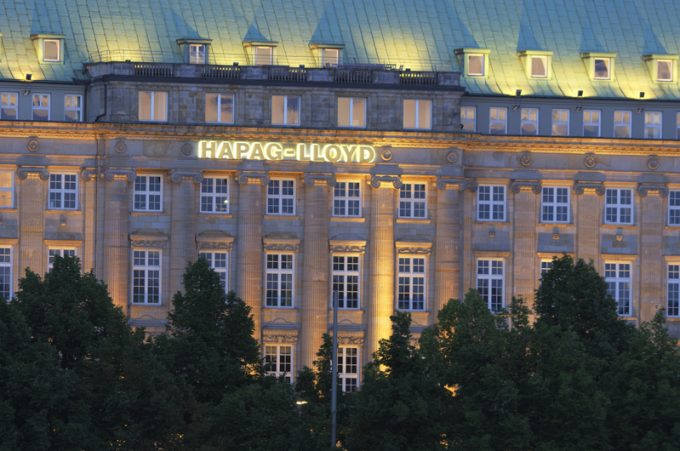OceanX: Zim, CMA and Hapag are eating Mærsk's market share
You win some, you lose some

Soaring freight rates and strong third-quarter demand revived Hapag-Lloyd after a relatively difficult first half, according to its latest interim results, out today.
The German carrier loaded just over 3.2m teu during the quarter, compared with 3.1m teu the year before, while its average freight rate ...
Keep our news independent, by supporting The Loadstar
Red Sea crisis has driven most new capacity into extended Asia-Europe trades
Carrier price hikes hold, driving spot rates higher as space gets scarcer
Crew forced to abandon ship in latest fire on vessel carrying EVs
The Loadstar Podcast | Transport Logistic and Air Cargo Europe 2025
Explosions and 'out-of-control' fire reported on Wan Hai box ship
'Now or never' for Kuehne and DHL GF to hit back at DSV
Carriers on the hunt for open tonnage again as transpacific rates soar

Comment on this article